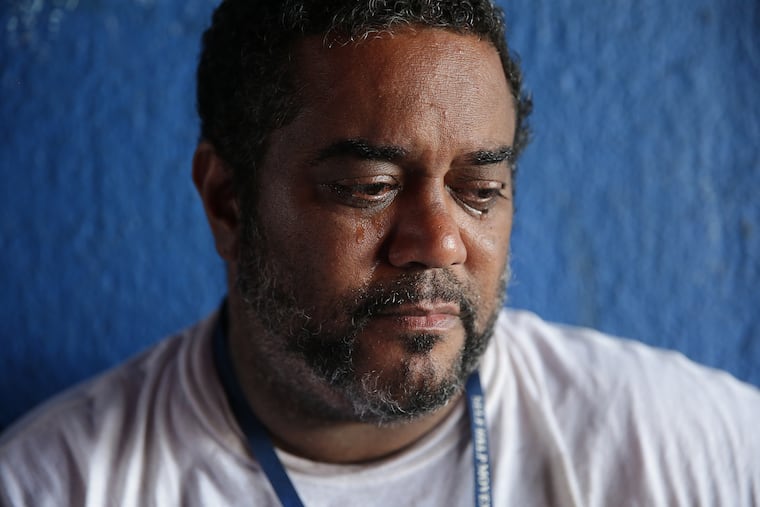Philadelphia’s Kensington ‘under siege’ as opioid-linked homelessness soars
The latest number — 703, up from 271 a year ago — shows that despite nearly two years of outreach efforts in Kensington, homelessness linked to the opioid crisis has reached a level unlike anything the city has seen.
